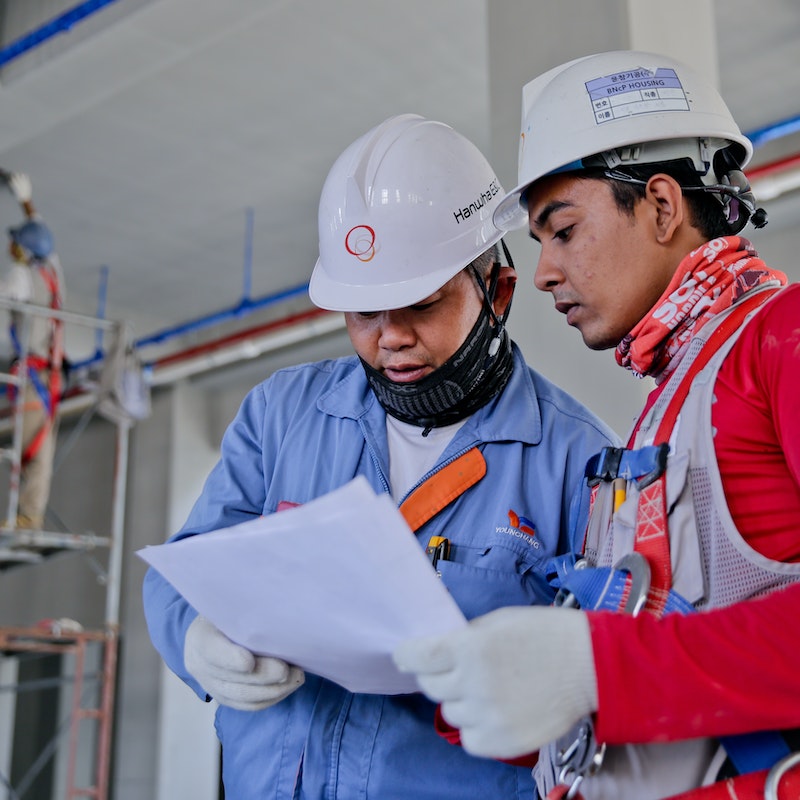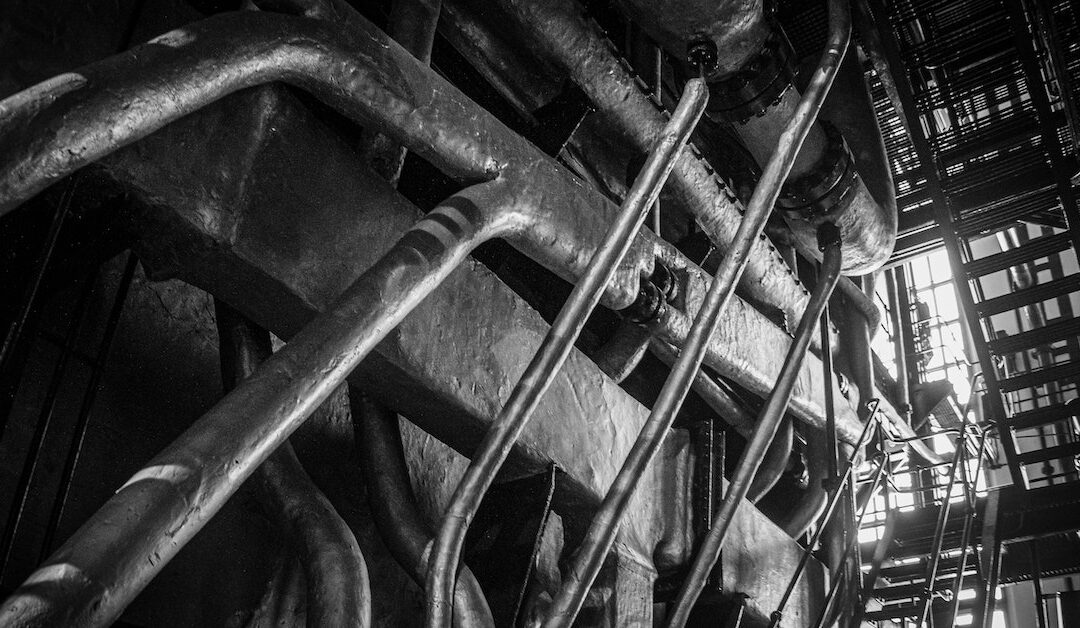Industry Innovations
Digitalisation in Building Information Modeling (BIM)
Building Information Modeling (BIM) is a powerful tool that integrates various construction management software suites, enabling multiple stakeholders, including engineers, architects, contractors, and other parties to collaboratively plan and refine project designs within a unified digital environment. This ensures that everyone remains well-informed about design changes, thereby addressing potential delays and discrepancies.
The utilisation of BIM augments the efficiency of steel fabrication processes by reducing errors and optimising communication among stakeholders. It serves as a preventive measure against costly clashes that can lead to budget overruns. BIM also empowers civil engineers and fabricators to craft detailed and precise digital models of structural steel components. This consequently enhances design accuracy, fabrication efficiency, and erection processes. Furthermore, BIM fosters collaboration, encourages integration among project phases, elevates standards of quality control, and streamlines inspection processes.
However, BIM necessitates a substantial initial investment, including software and training costs. It also requires the establishment of standardised data exchange protocols to ensure smooth communication and compatibility among different software platforms and project stakeholders. Nevertheless, the initial hurdles are far outweighed by the benefits and improved project outcomes facilitated by BIM.

Creating ‘super steel’
Steelworkers and metallurgists have been improving practices to enhance the strength of steel. Early endeavours revolved around reducing the steel’s carbon content while introducing various other metals and materials into the alloy mix. While this yielded success, it came at the expense of increasing production costs that impacted global steel prices.
However, the industry was presented with a groundbreaking development from researchers at Hong Kong University. This study found an approach known as ‘grain boundary delamination’ which makes steel stronger, more flexible, and more resilient, all achieved with either the same or even reduced raw material input.
Advanced manufacturing techniques
Technological advancements have reshaped steel fabrication and installation. Techniques like 3D modelling and computer-aided design (CAD) software, along with Numerical Control (NC) machinery, are spearheading this transformation.
3D CAD workflows bring several advantages to the industry. They enable enhanced product visualisation, offer precise geometric constraints for design accuracy, and enhance collaboration between designers and fabricators. This technology also reduces errors, as even minor design changes can penetrate throughout the model with fewer or no errors and the changes are automatically updated to save time. At Weldform Structures, we utilise Advanced Steel 3D modelling, to deliver precise and dependable drawings for your project.
On the other hand, NC machinery revolutionises steel fabrication with its enhanced accuracy, precision, and efficiency compared to manual processes. These machines find utility in various metal-making operations, including spot welding, where they automate and control the welding process, ensuring consistency and reliability.
Cost-efficient practices
In conventional steel manufacturing, the generation of slag remains to be an issue. For every tonne of steel made, 0.2 tons of slag is generally yielded. Slag is essentially a byproduct of the dephosphorisation process which involves the removal of phosphorus from steel production. The challenge lies in the mounting expenses associated with disposing of or recycling this slag, posing environmental and economic concerns. In response to this challenge, a Japanese steelmaking company has developed the zero-slag process. This minimises the production of slag by regulating the amount of silicon involved, allowing lime to react with phosphorus oxide, further eliminating excess slag production. This results in cheaper steel as there are reduced expenses on slag handling to the end-user.
Sustainability practices
The structural steel industry is facing increasing pressure to mitigate its environmental impact and embrace eco-friendly practices. This includes low-carbon steel production, recycling and reusing steel components, and integration of renewable energy sources in steel manufacturing plants.
Furthermore, steel is regarded as one of the most sustainable construction materials as 90% of steel can be recovered at the end of an item’s life. However, a concern has been the presence of copper within recycled steel which can potentially lead to cracking during the fabrication process. Nevertheless, practices like closed-loop recycling and scrap dilution are continuously improving and evolving to better dilute high copper concentrations within the recycled steel.
At Weldform Structures, we care about the future
The future of construction steel is undoubtedly exciting and transformative. With the construction industry increasingly adopting these cutting-edge innovations and best practices, it is evident that steel will maintain its indispensable role in crafting sustainable modern structures.
At Weldform Structures, we are committed to leading the way in these dynamic advancements. Our dedication is anchored in ensuring that our clients benefit from the very best steel fabrication, construction, and installation practices.
Contact us today and rest assured we are eager to assist you in realising the fullest potential of your project. It is where your vision and our expertise will meet to create something remarkable.


